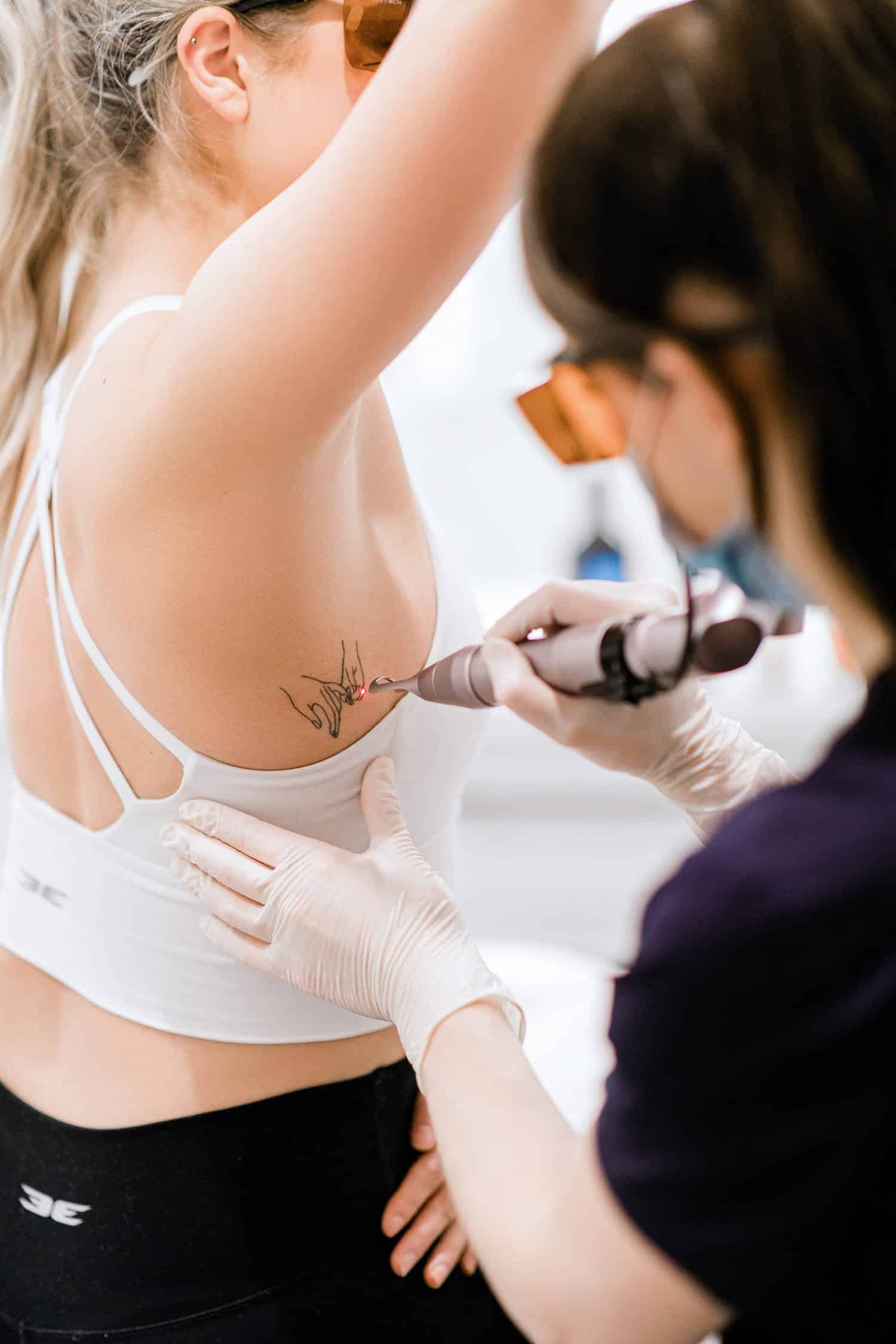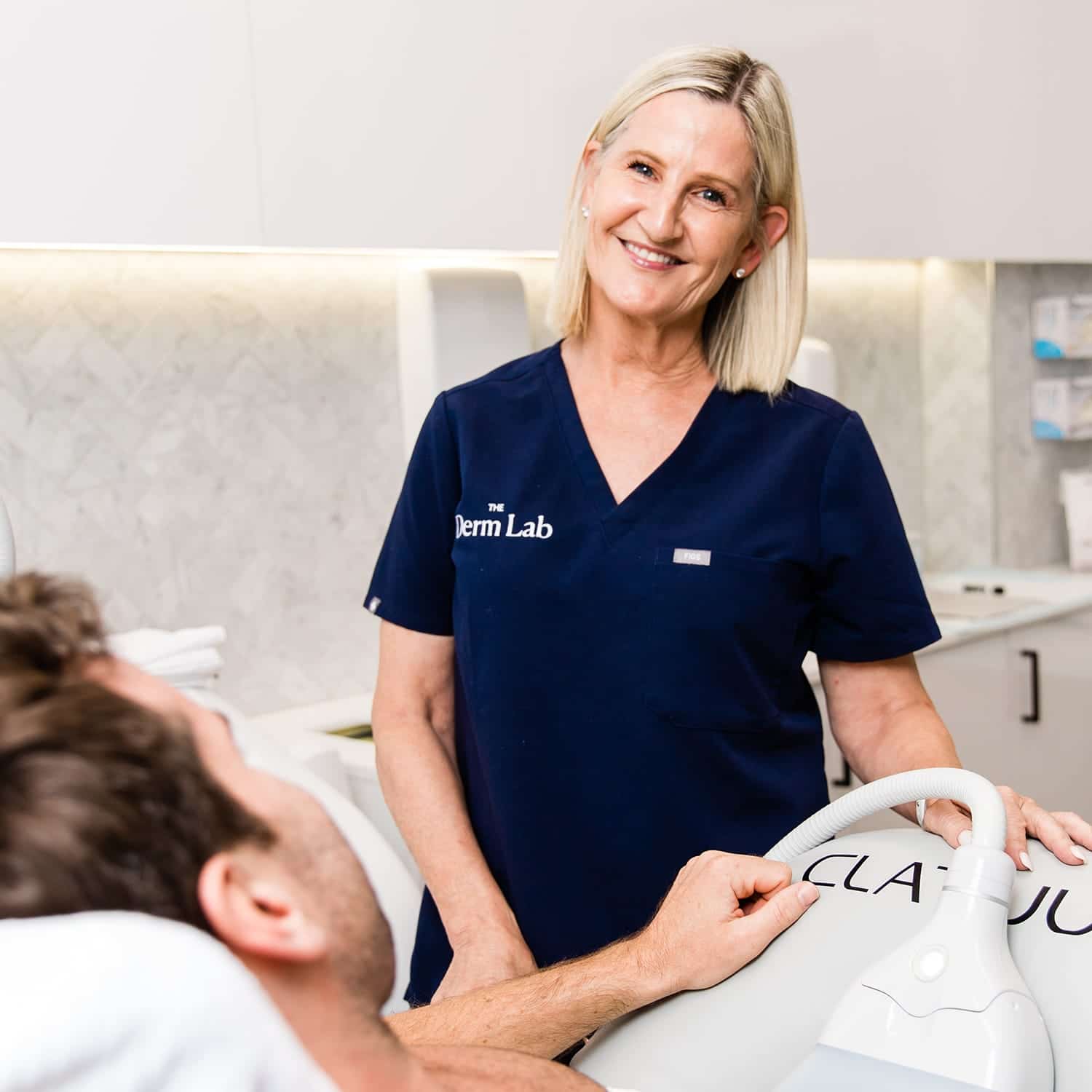Tattoos are a very interesting idea, and they can make or break your appearance drastically. Some tattoos are great conversation starters, souvenirs, traditions and tokens of love and respect. And these are awesome.
But sometimes, tattoos serve as physical reminders of memories with past lovers, bad decisions taken under the influence of alcohol, or simply a shoddy job by someone claiming to be a “tattoo artist”. It might even be necessitated by your employer, as a part of their dress codes.
And in most of these cases, you will want to erase your tattoos or replace them with new ones. Fortunately, even permanently inked tattoos can, in most cases be removed.




